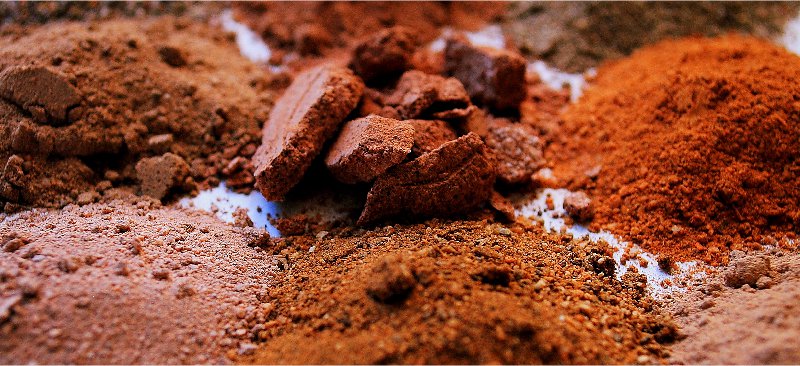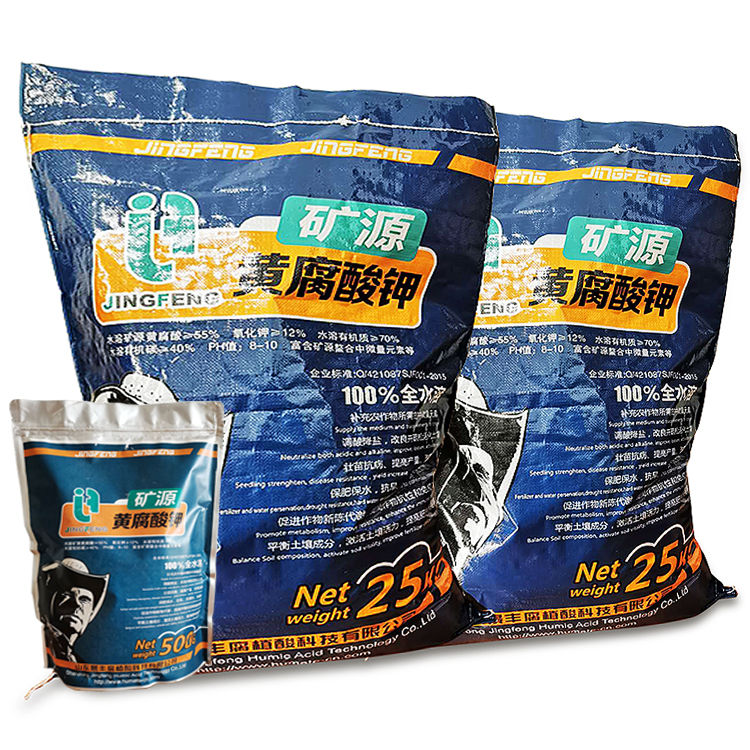Customers often ask the questions about soluble and insoluble humic acid. As a professional humic acid manufacturer, I would like to explain these problems to you. Hoping to bring a little help to my customers and friends.
1. Why is leonardite humic acid insoluble in water, sodium humate and potassium humate can be soluble in water?
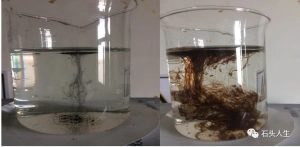
Answer: first of all, leonardite humic acid is a kind of organic matter with large molecular weight. The acidity is very weak. Hydrogen ion is difficult to ionize.The stronger the ability to ionize hydrogen ion, the stronger the acidity is. It basically belongs to non-polar. But water is polar solvent. According to the similar dissolution principle in chemistry, humic acid can not be dissolved in water.
Sodium humate and potassium humate belong to strong alkali and weak acid salt.When water is encountered, they will be dissociated into humic acid anion and potassium or sodium cations. Under alkaline conditions, hydrogen ions in humic acid will be seized by hydrogen and oxygen ions.humic acid anions are very polar. So they can be dissolved in water.
When the PH is adjusted to acid, the humic acid anion recovers the original humic acid molecule. And it does not dissolve into water. It is also based on this principle that we determine potassium oxide in potassium humate.
2. The higher the PH of the potassium humate and sodium humate, the more complete the reaction, the better the product?
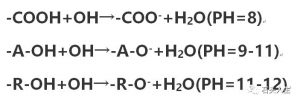
Answer: to some extent, the stronger the alkalinity, the more complete the reaction. But the product will not bound to be good.
First of all, humic acid contains a lot of weak acid groups, such as carboxyl, hydroxyl, phenolic hydroxyl etc.. Under the condition of weak alkalinity, the carboxyl group reacts first, and under the strong alkaline condition, the hydroxyl group and the phenolic hydroxyl group begin to react to form humate.
Therefore, according to the chemical reaction of the humic acid and the alkali. When the Carboxyl and hydroxyl groups in the humic acid are reacted completely, the requirements of the humic acid can be met (the common PH 9-11 in the common product standard), It is not necessary that all the acidic groups to be reacted.
So that the waste of the unnecessary alkali is avoided. and if the process conditions are good, the PH 8-9 is more recommended to be in the product. And the cost is reduced and the yield is improved. In addition, the high PH does not have any direct advantages. But the strong alkali can destroy the activity of the partial humic acid and reduce the utilization effect.
3.Can we produce fulvic acid using lignite without fulvic acid content?
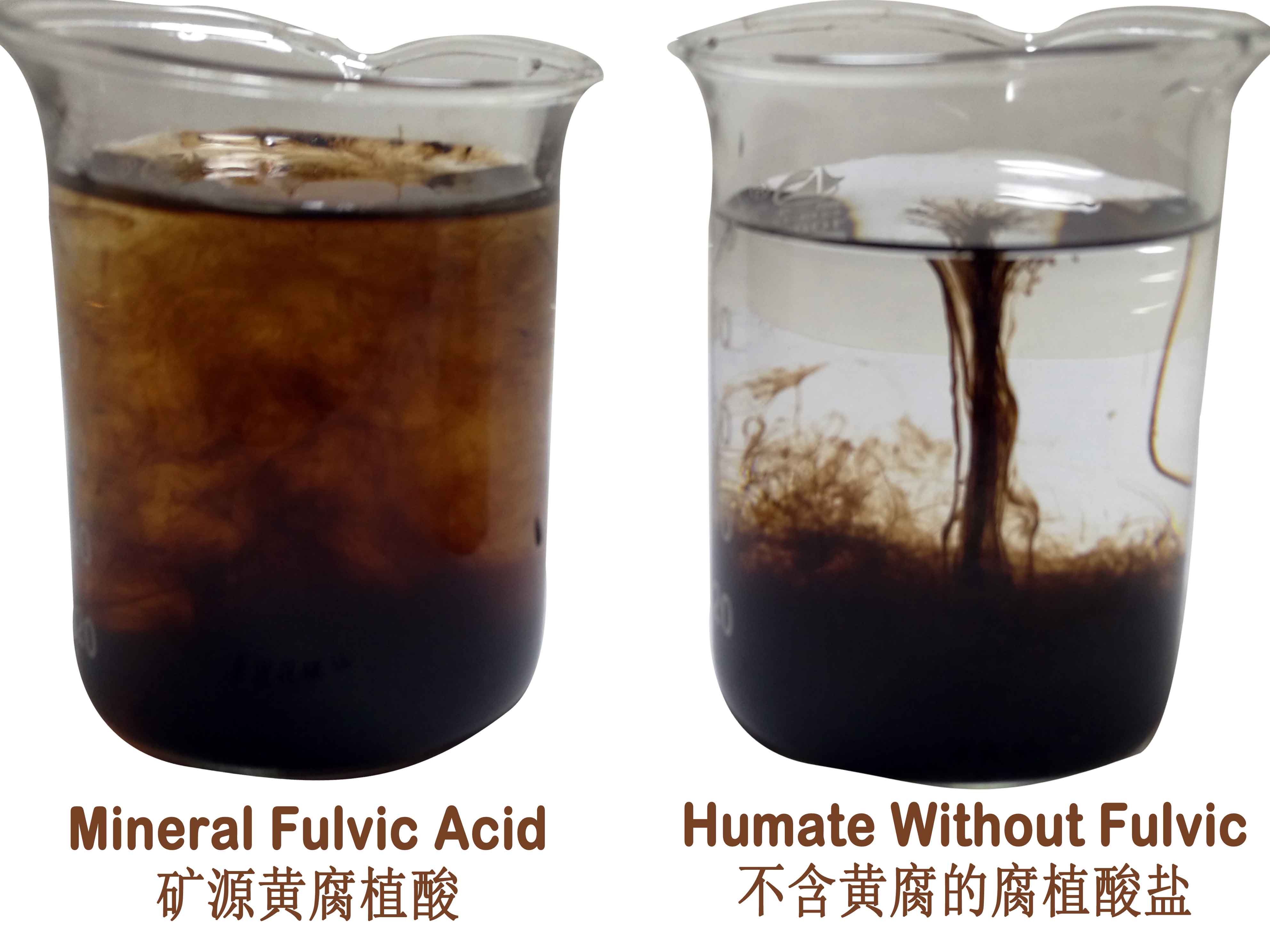
The answer is no. Generally lignite is also divided into young lignite and older lignite. The older lignite the higher the molecular weight. Young lignite itself may contain a higher content of fulvic acid. While older ones may not contain fulvic acid as detected because they are close to weathered coal. So as long as we don’t use particularly old lignite, regardless of its content, we can achieve very high content fulvic acid product.
Dr. Liu, Ph.D. in Organic Chemistry, Changchun University of Technology, used lignite from Zhaotong, Yunnan (10.8% fulvic acid content) and Huolinhe lignite (2.6% fulvic acid content,much older than Zhaotong in Yunnan) to make fulvic acid with hydrogen peroxide. The results showed that the finished product of Zhaotong lignite in Yunnan contained 46% fulvic acid and 53% fulvic acid in Huolinhe lignite. So if we produce fulvic acid, we should pay attention to the youth of lignite, rather than focus on fulvic acid content of raw materials.


